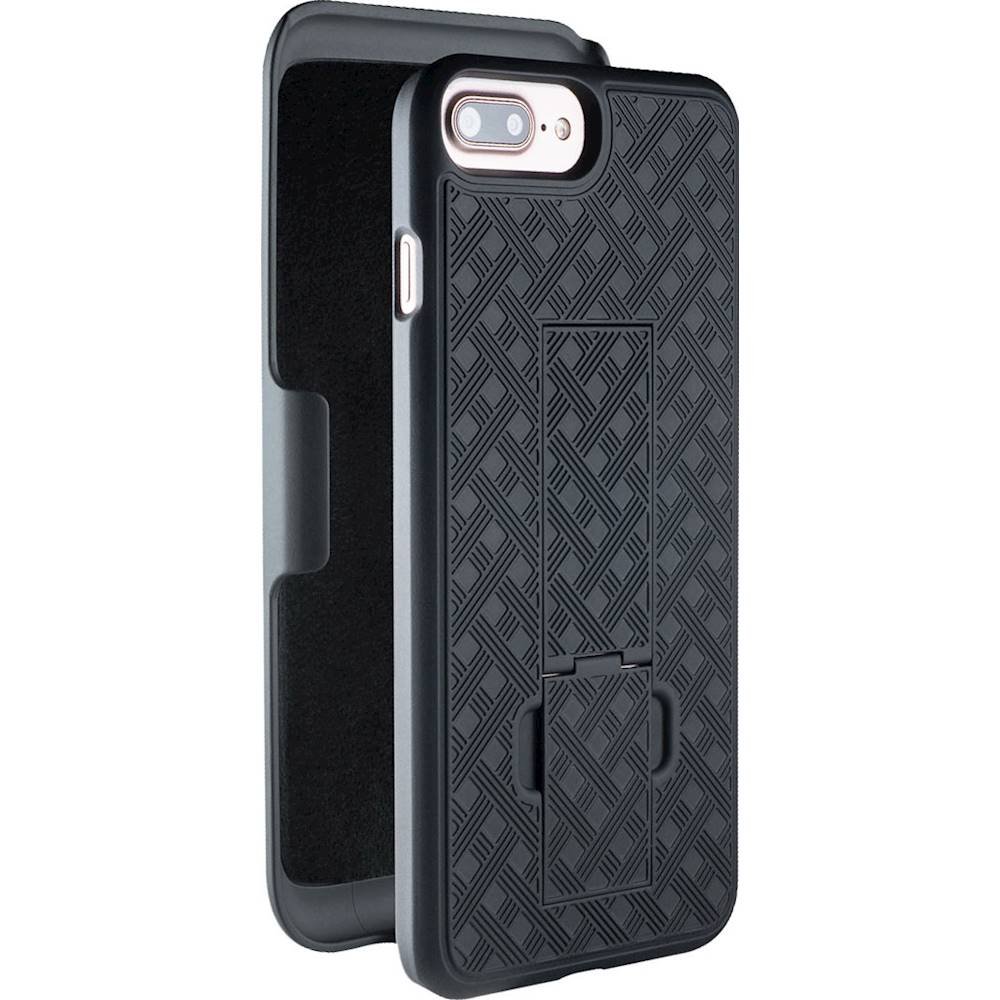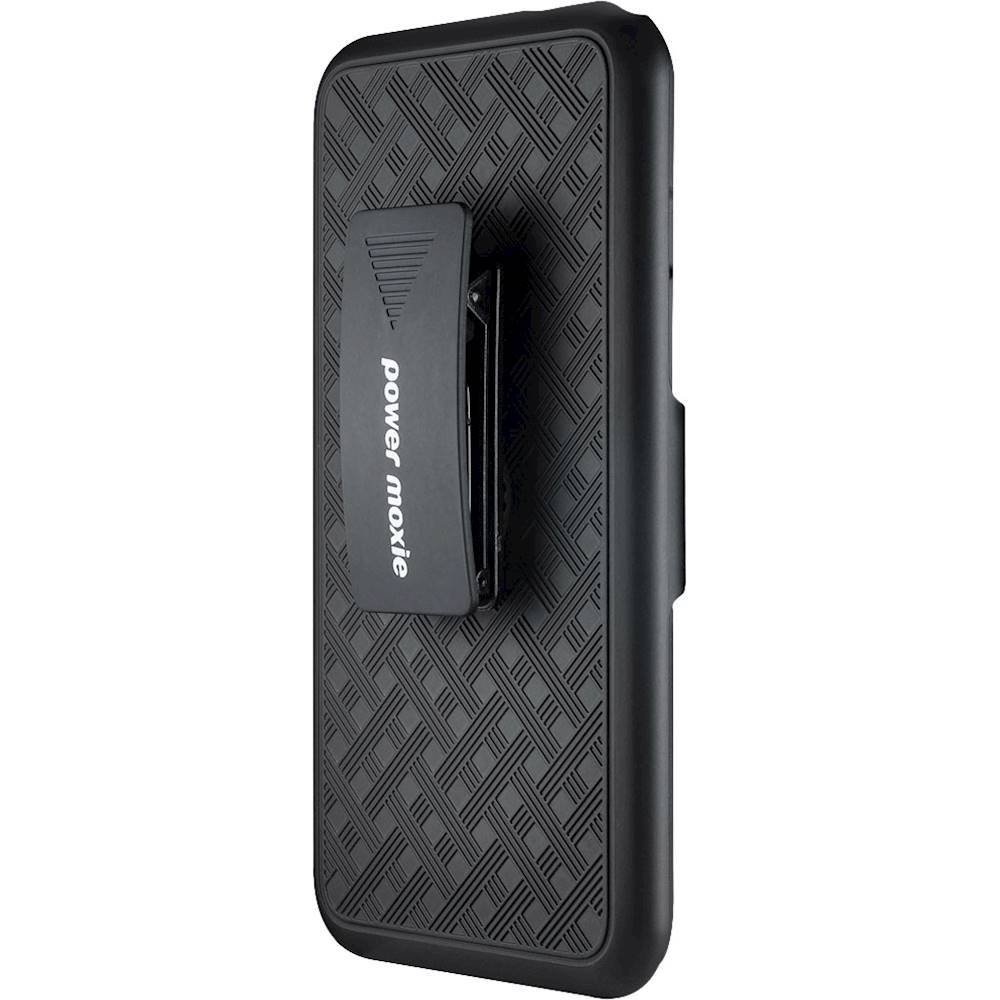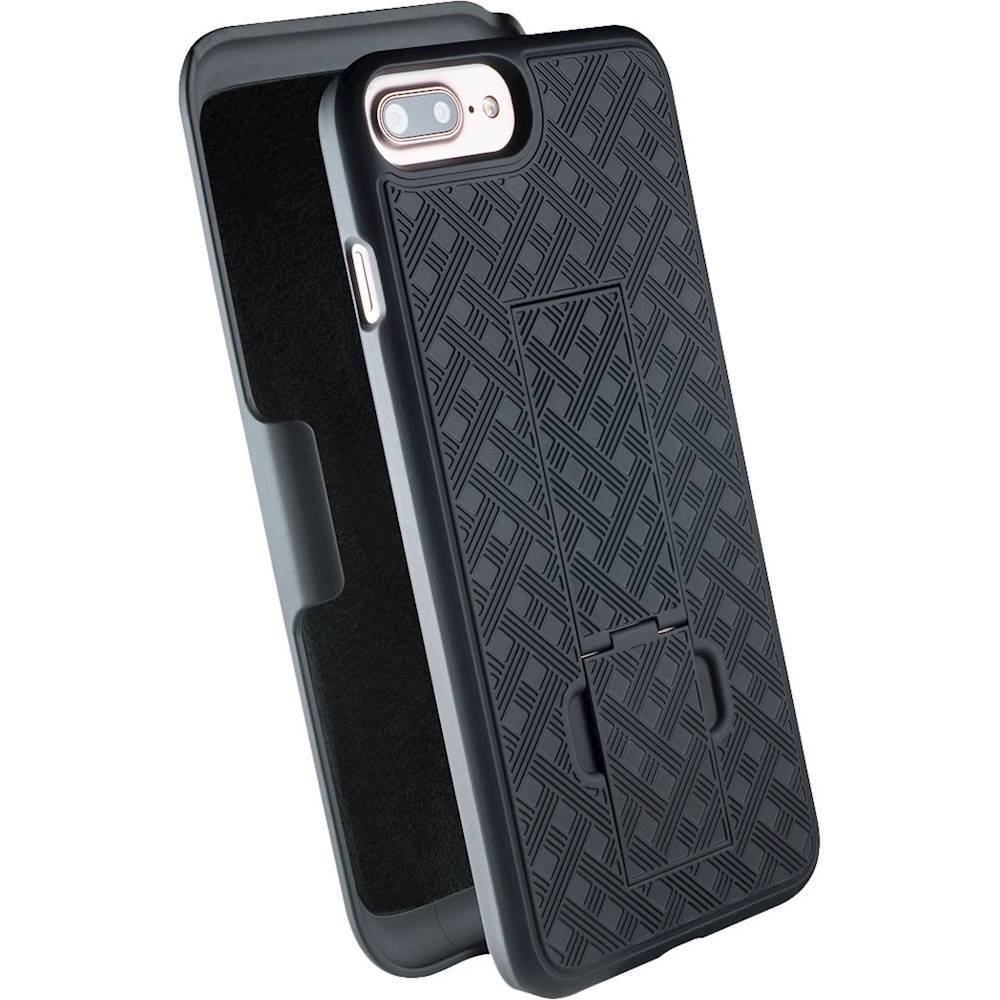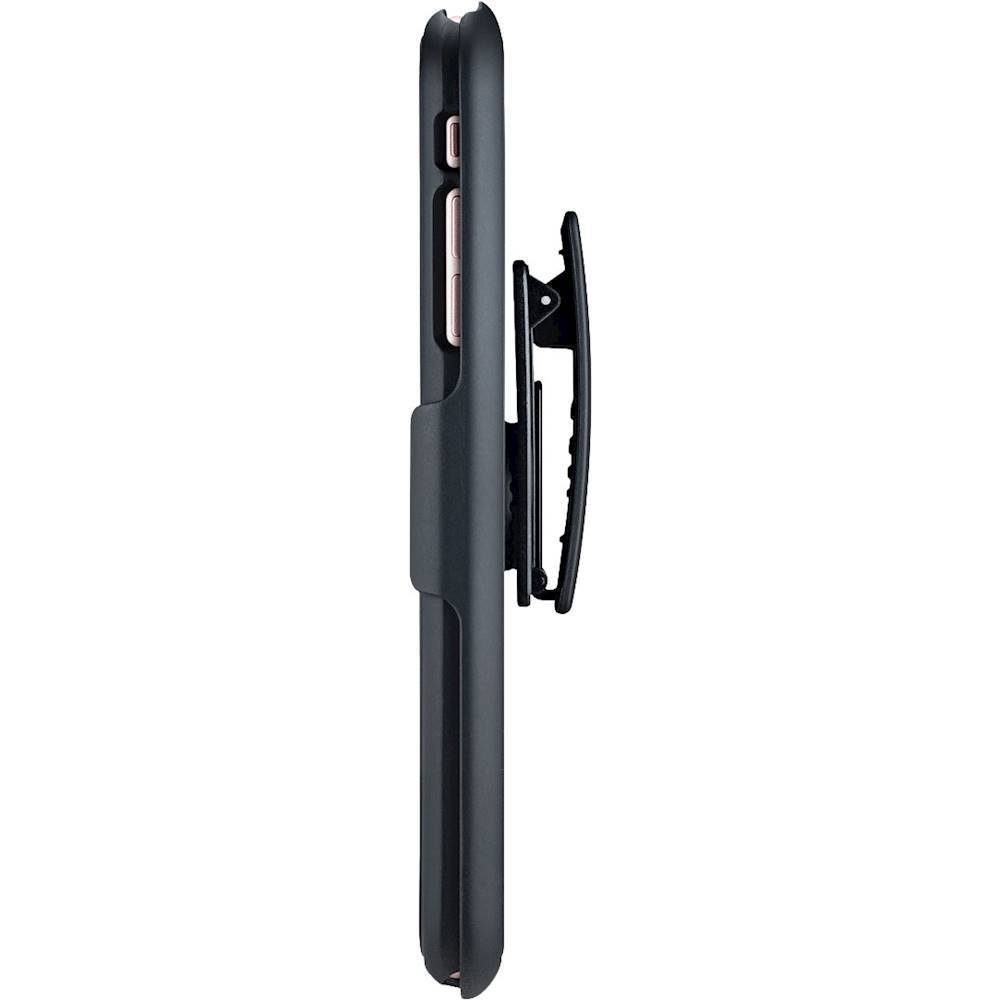
classic case with glass screen protector for apple iphone 7 and apple iphone 8 - black red
SKU: EN-M10267





classic case with glass screen protector for apple iphone 7 and apple iphone 8 - black red
Verizon Wireless/Sprint Nextel CDMA model A1429*: CDMA EV-DO Rev. A and Rev. B (800; 1,900; 2,100 MHz); UMTS/HSPA+/DC-HSDPA (850; 900; 1,900; 2,100 MHz); GSM/EDGE (850; 900; 1,800; 1,900 MHz); LTE (Bands 1, 3, 5, 13, 25). International GSM version-intended for Germany, the U.K., South Korea, Japan, Singapore, and Hong Kong: GSM model A1429*: UMTS/HSPA+/DC-HSDPA (850; 900; 1,900; 2,100 MHz); GSM/EDGE (850; 900; 1,800; 1,900 MHz); LTE (Bands 1, 3, 5). If your only expectation is to get 2G or 3G access on your iPhone 5 when you're traveling, then it doesn't really matter which iPhone 5 you buy, so long as it's unlocked, so that you can put another carrier's SIM card in the device when you travel to a different country. All three of these devices when they are unlocked will be able to access a 2G/3G network in most countries around the world. And the CDMA version made for Verizon Wireless and Sprint Nextel will also access other CDMA networks around the world, such as KDDI in Japan.
But if you want to be able to access 4G LTE wherever you go, the answer is trickier, And the truth is that none of the classic case with glass screen protector for apple iphone 7 and apple iphone 8 - black red models offered by Apple will work on all LTE networks that are being established throughout the world, This means that you may want to pick the one that offers you the most options, Apple's technical specs for the CDMA version of the iPhone (Model A1429, which is designed for Verizon Wireless, Sprint, and KDDI in Japan supports several 2G and 3G technologies and allows devices to roam from CDMA networks to GSM 2G and 3G networks, And it offers five LTE bands, including LTE Bands 1, 3, 5, 13 and 25..
Verizon uses LTE Band 13 for LTE, and Sprint uses Bands 5 and 25 for its LTE service. But this version of the iPhone 5 also supports LTE Band 3, which is already used in Australia for Telstra's LTE network. Band 3, which includes the frequencies around 1,800MHz, is also expected to be used in many other countries, especially in Europe. Band 1 is used in some parts of Asia. That said, none of the different variations of the iPhone 5 support LTE bands in the 800MHz and 2.6GHz frequencies, which are frequencies also expected to be popular for LTE deployments in Europe.
Apple's international GSM version of the iPhone looks identical to the CDMA version used for Verizon and Sprint, But it seems to lack the CDMA and EV-DO capability, The AT&T version, which also is designed for several carriers in Canada, lacks CDMA and EV-DO support, But it also seems to lack some of the key international frequencies for LTE, Apple lists it only as supporting Bands 4 classic case with glass screen protector for apple iphone 7 and apple iphone 8 - black red and 17, which are both bands that AT&T currently uses, So what does all of this mean for you? I would suggest that you do not buy an iPhone 5 on a contract with a U.S, carrier, Since you live in another country and travel to the U.S, periodically, it doesn't make sense for you to be locked into a U.S, cell phone contract..
If you buy an iPhone from any of the carriers in the U.S. under contract, then you're obligated to pay for that service for two years. Roaming internationally is very expensive, and it would simply cost too much for you to constantly roam internationally. You could buy an iPhone under contract in the country where you will spend most of your time, but as I will explain later, that will likely mean that you won't be able to access the LTE networks of AT&T, Verizon, or Sprint when you're traveling in the U.S.
- new cases for iphone xr cases - leather case
- iphone case zazzle
- 1 dollar iphone cases
- strongfit designers tough case for apple iphone xs max - blue mandalas
- mermaid : profound depths iphone case
- indian colors iphone case
- ishtar iphone case
- ballet slippers ballerina shoes embroidered feltie sheet
- needleup - ballet shoes embroidery design
- jepun crochet ballet flat shoe
- ballet shoes keyring, handmade personalised initial gift, antique silver tone, ballet gift, dancer keychain, dancer keyring, bal
- More...